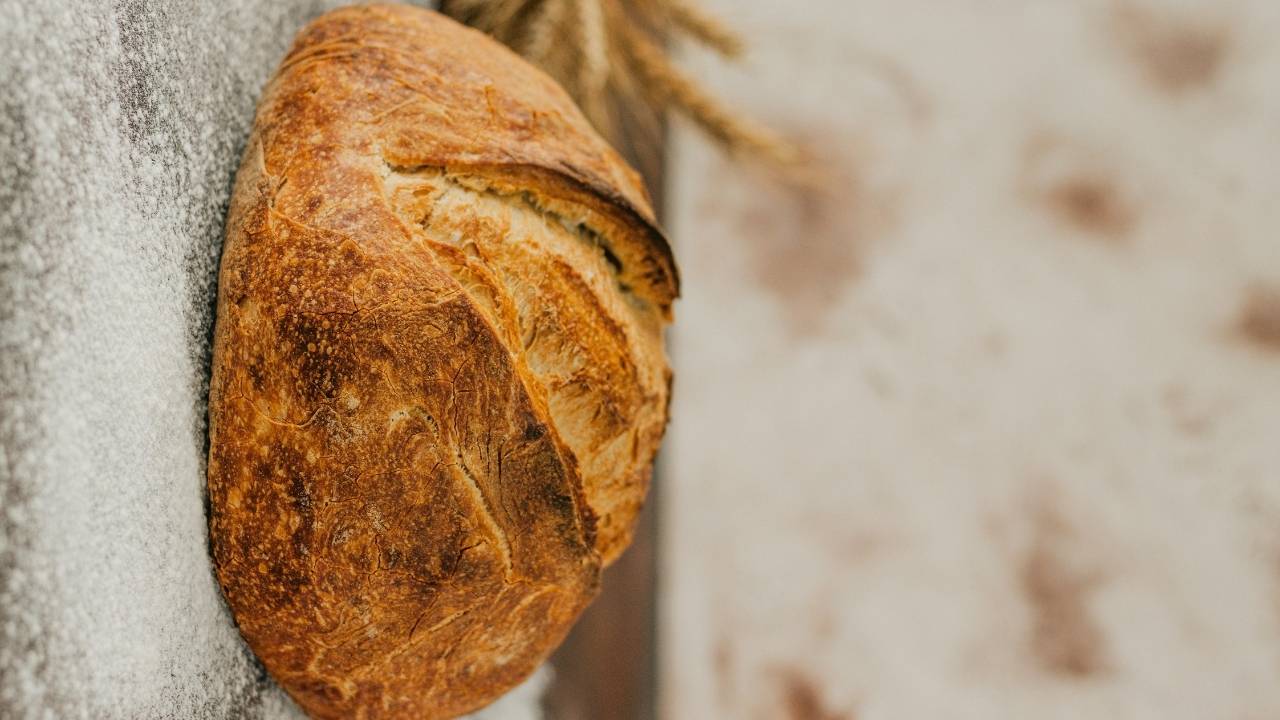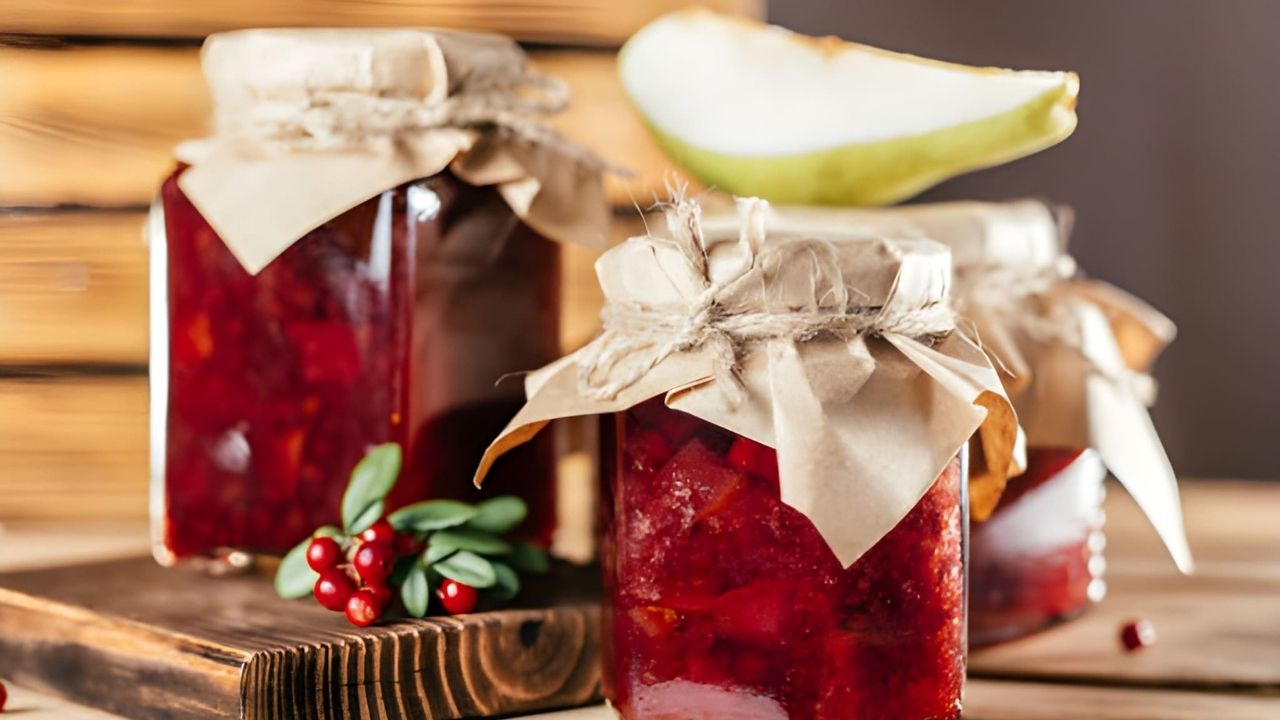Sourdough has become a timeless bread choice. Its unique flavor and nutrition appeal to bakers worldwide. Using bolted flour in sourdough bread adds a whole new dimension. This flour type balances health and taste. It creates loaves that are lighter yet rich in nutrition. Bakers love it for its unique texture and digestibility. In this guide, you will learn everything about using bolted flour in sourdough.
What Is Bolted Flour in Sourdough Bread?
Bolted flour is wheat flour that is sifted once. It removes some bran but retains nutrients and flavor. Bakers prefer it because it offers balance. It is not as heavy as whole wheat. It is not as refined as white flour either. When used in sourdough bread, it gives an airy structure. At the same time, it provides earthy flavor notes.
Using bolted flour in sourdough bread offers a middle ground. It keeps the bread wholesome while making it lighter. This makes it ideal for people who want nutrition and softness together. The flavor is nutty, and the crumb is tender. This is why bakers are exploring this flour more today.
Why Use Bolted Flour in Sourdough Bread?
There are many reasons why bakers choose this flour. First, it gives better digestibility compared to whole wheat. The bread is softer on the stomach. Second, it enhances the sourdough’s natural fermentation process. This results in stronger rise and airy crumb.
Bolted flour in sourdough bread also keeps good nutrition. It retains essential minerals like magnesium, iron, and zinc. At the same time, it avoids heaviness caused by excess bran. The taste is flavorful but not overpowering. Many describe it as rustic yet balanced.
Another benefit is versatility. It works for rustic boules, sandwich loaves, and artisan batards. Its performance in baking is reliable. This makes it popular with home bakers and professionals.
Nutrition Benefits of Bolted Flour in Sourdough Bread
Nutrition is a major reason to use this flour. Bolted flour contains more fiber than refined flour. Yet it is lighter than whole grain flour. This balance makes it easier for digestion. The sourdough fermentation further enhances mineral absorption.
Bolted flour in sourdough bread provides essential B vitamins. It also supplies antioxidants and phytonutrients. These elements promote overall health. They help in boosting immunity and metabolism. Many bakers prefer it for health-conscious recipes.
The natural fermentation reduces gluten levels. This makes the bread easier to digest. People sensitive to gluten often find sourdough more tolerable. Adding bolted flour improves this even more. It is a combination of taste and health in one loaf.
Flavor Profile of Bolted Flour in Sourdough Bread
Flavor is a key reason bakers love this flour. The bread has a slightly nutty and earthy tone. It is not as bitter as whole wheat bread. It is also not as bland as white bread. The middle-ground taste appeals to most palates.
Bolted flour in sourdough bread creates depth. The fermentation process enhances flavor complexity. The crust is golden and aromatic. The crumb is moist and tender. Each bite feels balanced. The flavor pairs well with butter, cheese, or soups.
This type of bread is ideal for daily use. It does not overwhelm with strong bitterness. It also does not feel empty of taste.
How to Bake with Bolted Flour in Sourdough Bread
Baking with bolted flour needs care. It absorbs water differently from refined flour. Hydration levels should be adjusted carefully. Start with moderate hydration and increase gradually. This prevents dough from becoming sticky.
Bolted flour in sourdough bread ferments well. It creates strong gluten networks. Stretch and folds help strengthen the dough further. Bulk fermentation may take longer depending on temperature. Bakers should watch the dough, not the clock.
Scoring before baking gives a beautiful finish. The oven spring is often impressive. The final loaf will have a golden crust. Inside, you will find an open yet soft crumb. The aroma is deep and comforting.
Sifting Levels in Bolted Flour for Sourdough

Bolted flour comes in different sifting levels. Some flours are sifted finely. Others leave more bran and germ intact. The choice impacts flavor and texture.
Bolted flour in sourdough bread with a fine sift feels lighter. It has a more refined texture. Coarser sift gives more rustic results. The bread will be denser but richer in taste. Bakers often experiment with blends. This helps in achieving their desired loaf style.
Sifting levels also affect hydration. Coarse flours absorb more water. Fine flours need less hydration. Understanding these differences helps in baking success.
Comparing Bolted Flour in Sourdough Bread to Other Flours
Bolted flour sits between whole wheat and white flour. Whole wheat is rich but heavy. White flour is soft but less nutritious. Bolted flour in sourdough bread provides balance. It delivers softness with nutrition.
Compared to rye, bolted flour gives milder flavor. Rye is dense and earthy. Bolted flour feels more versatile. Compared to spelt, it is more predictable. Spelt dough often over-ferments. Bolted flour remains stable during fermentation.
This flour type is excellent for everyday baking. It combines the best of both worlds. Bakers love this balance.
Tips for Using Bolted Flour in Sourdough Bread
Success with bolted flour requires small adjustments. Here are a few tips:
- Start with 50% bolted flour and 50% bread flour.
- Increase bolted flour percentage once you master hydration.
- Use autolyse to improve dough extensibility.
- Keep bulk fermentation slightly longer than white flour doughs.
- Score deeply to allow good oven spring.
Bolted flour in sourdough bread rewards patience. The process may feel different at first. With practice, you will bake perfect loaves.
Common Mistakes
1: Incorrect Hydration
Hydration errors are very common. Bolted flour absorbs water differently than other flours. Too much water creates sticky dough. Too little water makes bread dry and dense. The solution is gradual adjustment. Add water slowly and check the dough.
2: Rushing Fermentation
Many bakers rush fermentation. Bolted flour in sourdough bread ferments more slowly. Watching the clock alone often fails. Instead, observe dough activity. Look for bubbles, elasticity, and smooth rise. Patience ensures the best flavor and structure.
3: Weak Gluten Development
Bran in bolted flour weakens gluten strands. Without proper handling, dough collapses easily. Bakers often skip stretches and folds. This is a big mistake. Gentle folds during bulk fermentation strengthen gluten. They also improve texture and crumb.
4: Poor Scoring Technique
Scoring is critical for oven spring. Shallow cuts trap gases inside. The loaf then bursts unevenly. Bolted flour in sourdough bread requires deeper, confident scoring. Always use a sharp blade. Clean cuts allow beautiful expansion.
5: Temperature Mismanagement
Temperature errors cause major problems. Dough that is too cold ferments slowly. Overheated dough ferments too fast. Both ruin structure and taste. Maintaining a stable dough temperature is essential. Room conditions must be monitored carefully.
6: Baking at Wrong Heat
The oven stage is vital. Baking at low heat results in pale crusts. Baking at very high heat burns the loaf. Always preheat the oven well. Use a Dutch oven or baking stone for even heat.
Storage of Bolted Flour in Sourdough Bread
Storage is important for maintaining freshness. Keep bolted flour in airtight containers. This protects it from moisture and pests. Store in a cool, dry place.
Bolted flour in sourdough bread loaves stay fresh for days. Store bread in breathable bags or linen. Avoid plastic as it traps moisture. This makes the crust soft. If you prefer long storage, slice and freeze loaves. Toasting brings them back to life.
Proper storage keeps nutrition and flavor intact. It also makes baking efficient and sustainable.
Cultural Importance of Bolted Flour in Sourdough Bread
In traditional baking, bolted flour has deep roots. European bakeries often used it for rustic loaves. It balanced cost and nutrition. Today, artisanal bakers are reviving this tradition.
Bolted flour in sourdough bread is linked to heritage baking. It connects modern bakers with ancient milling practices. It represents respect for grains and natural food. Many bakeries now highlight it as a premium option.
This flour type symbolizes balance. It reminds us that bread can be both healthy and delicious. It bridges history with today’s baking culture.
Final Thoughts
Bolted flour is an amazing choice for sourdough. It combines flavor, nutrition, and texture beautifully. Bakers worldwide are rediscovering its value. Using bolted flour in sourdough bread creates loaves that are nourishing and enjoyable. It is the perfect balance of tradition and innovation.
If you want healthier sourdough without losing softness, try bolted flour. Experiment with blends and hydration. With practice, you will master the art. Each bake will bring you closer to a loaf that feels truly wholesome.
FAQs
Can I add flour to overproofed sourdough?
Adding dry flour to overproofed dough usually doesn’t help. This is something you could try, but the results are not always consistent. Sometimes it’s better to simply stop losing rather than, as they say, “throw good flour after bad.”
Is it okay to have Lumps in my Sourdough Starter?
A starter cannot be overmixed unless it is mixed for so long that it begins to dry. Clumps shouldn’t be a major concern; just make sure to check for them before the next feeding. You can try throwing them away if they don’t go away on their own.
Should you Pop Bubbles in Sourdough?
It is usually advised to gradually degas the dough when shaping sourdough in order to eliminate huge air bubbles while maintaining tiny bubbles that add to the bread’s finished texture.



